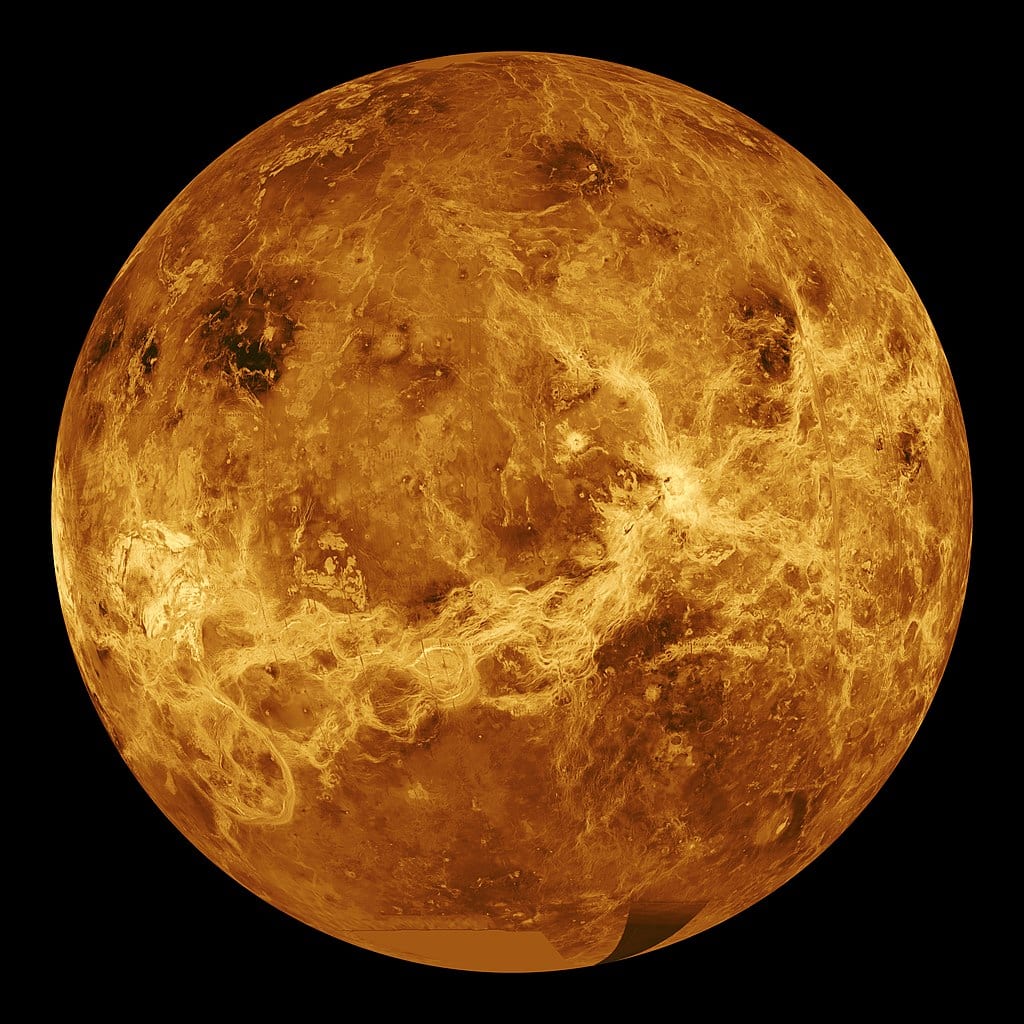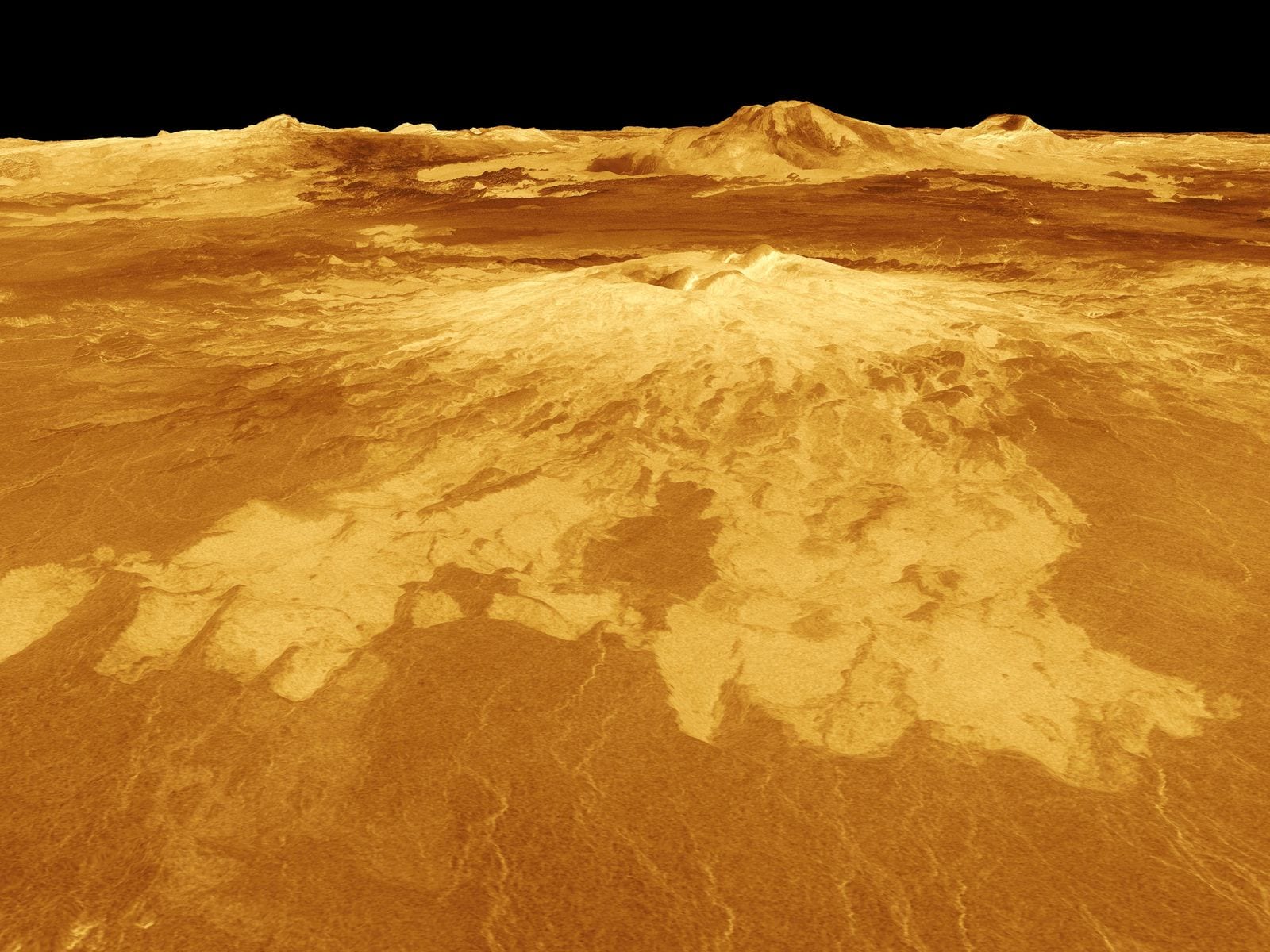Even traveling at the speed of light, it would take us 25,000 years to reach the center of our galaxy.
The post Even traveling at the speed of light… appeared first on Crazy Facts.
fact
Even traveling at the speed of light, it would take us 25,000 years to reach the center of our galaxy.
The post Even traveling at the speed of light… appeared first on Crazy Facts.
NASA only uses 15 digits of pi for calculating interplanetary travel. At 40 digits, you could calculate the circumference of a circle the size of the visible universe to an accuracy equal to the diameter of a hydrogen atom.
The post NASA only uses 15 digits of pi… appeared first on Crazy Facts.
During his trip to the Moon, Apollo 16 astronaut Ken Mattingly lost his wedding ring. According to his fellow astronaut, it ‘just floated off somewhere’ and he spent all his spare time on the mission trying to find it.
The post During his trip to the Moon, Apollo… appeared first on Crazy Facts.
Even though we’ve had our eyes on the Mars prize for some time, a different team of researchers is actually working on getting to Venus.
Venus gets closer to Earth in its orbit than any other planet, yet we have precious little information about the surface – except that it’s close to a living hell.
In 1966, a Soviet space probe crash-landed on the surface, where it lasted a few hours before being destroyed. Now NASA’s Long-Lived In-situ Solar System Explorer, or LLISSE, is looking to last a full 60 days in the reactive atmosphere, crushing pressure and blasting heat found on Venus’ surface. In fact, each probe has to be specially designed to withstand the high temperatures and pressure.

Photo Credit: Wikipedia
Called Earth’s evil twin, Venus is roughly the same size and mass of our home planet. Scientists say it was once water-rich, potentially with the elements necessary for life. But it has since turned into a hell planet with scorching, lead-melting temperatures, pressure comparable to what’s found at the bottom of our deepest oceans and winds whipping like tornados. During the day, sulphuric acid blocks the sun’s rays. The nights each last one hundred Earth-days.
One theory about what happened to make Venus so inhospitable is that, over time, the once huge, shallow ocean evaporated, releasing the super-light hydrogen atoms into space. As hydrogen disappeared, all the carbon-dioxide left in the atmosphere created an out-of-control greenhouse effect. Basically, turbo-charged climate change run utterly amok.
But we really don’t know.
And we can’t know, until we put some equipment on the surface.
Small as a ten-inch cube, LLISSE will piggyback on other space-going craft and then get dropped onto Venus. The unit is made of super hard silicon carbide – also used in sandpaper and lab-made diamonds – to protect it against sulphuric crystals. Like a missile, it will be powered by a heat-activated thermal battery for its 60-day life.

Photo Credit: NASA
NASA engineers need the unit powered for that long to see the change from day to night on Venus. Each Venus day lasts almost four Earth-months. If the unit can get placed late in the day, and if it can stay powered long enough, we’ll be get critical data on the transition for the first time.
Eventually, LLISSE will be used as part of a joint Venus project with the Russian space agency, but, as of right now, it looks as if nothing is getting to the next planet over before 2026. Frankly, it’s not even sure if LLISSE will ever get a trip into space at that point.
But the technology is already here, and Venus isn’t going anywhere.
A visit next door is just a matter of a few more Venus days.
The post NASA Wants to Send a Probe to Venus’ Infernal Surface appeared first on UberFacts.
The interstellar travels of Voyager I and II were only possible due to a specific planetary alignment that only occurs every 175 years. The position of the 4 outer planets enabled a slingshot move which greatly increased the crafts speed.
Due to time dilation its possible to travel anywhere in the galaxy within a human lifetime. A ship accelerating constantly at 1g (earth gravity) could travel to the center of the milky way and back in 40 years.
Sending an all female crew to Mars would be significantly cheaper than sending men. Women are smaller and lighter, taking up less space and burning less fuel and they burn less calories so less food is needed.